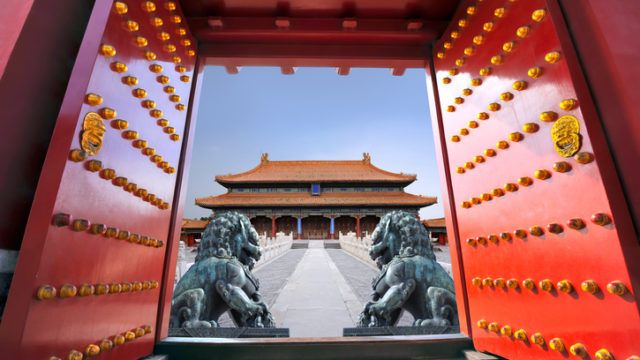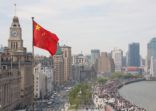China’s renminbi currency is starting to find its way into a wider variety of financial products since its inclusion in the IMF’s special drawing rights basket of international reserve currencies in 2015.
One factor has been easing concern about capital flight out of China, which prompted the central bank to relax some capital controls. Last year, Chinese authorities scrapped a requirement that banks must hold reserves against renminbi deposits held in offshore centres (known as CNH).
This month, RMB versions of two investment tools have debuted.
Yesterday, China launched renminbi-denominated oil futures contracts for the first time at the Shanghai International Energy Exchange after 17 years of discussions. The futures allow Chinese investors to buy forward in local currency.
Hayden Briscoe, head of fixed income for Asia Pacific at UBS Asset Management, expects the launch of oil contracts will increase demand for allocation to renminbi assets.
Investors will likely switch out of the US dollar when trading the contracts, “which will likely undermine the United States’ dominant role in the global economy and create a sea change in global asset allocation to China’s financial markets”, he wrote in a research note.
To allow foreign access to oil contract trading, it is necessary for China to substantially reduce or eventually remove capital controls in order to facilitate the entry of global commodity trading houses, he added. Currently, international traders cannot move renminbi freely in and out of the onshore commodity exchanges.
Briscoe added that investors’ confidence will have to build up over time, especially with the support of data infrastructure.
RMB share class
Separately, in January Hong Kong’s regulator relaxed the rules for offering an renminbi share class of registered Ucits funds to retail investors.
Yesterday, HSBC Global Asset Management became the first asset manager to add an renminbi share class after the relaxation of rules. The firm launched an renminbi share class for its HSBC GIF Asia Pacific Ex Japan Equity High Dividend Fund.
The Luxembourg-domiciled fund, incepted in November 2004, had AUM of $318.2m as of the end of February, according to FE. The fund is co-managed by Michele Mak, Tian Chen and Sanjiv Duggal. The fund invests 30% of its assets in China equity, 15.6% in Australia and 14.6% in Hong Kong.
Apart from the RMB-hedged class, the equity fund also offers share classes in US dollars, Hong Kong dollars, Singaporean dollars and euros for Hong Kong and Singapore investors.
The regulator said that in launching a new renminbi share class for a fund, the asset manager is expected to be running operations that are also involved in trading the RMB currency, according to the latest updates in the Frequently Asked Question provided by the SFC.
The regulator said in the FAQ that the renminbi share class can be in the form of a Hong Kong-domiciled feeder fund with its assets investing into an SFC-authorised Ucits fund.
The HSBC GIF Asia Pacific Ex Japan Equity High Dividend Fund in its major share class versus its benchmark index and category average


















